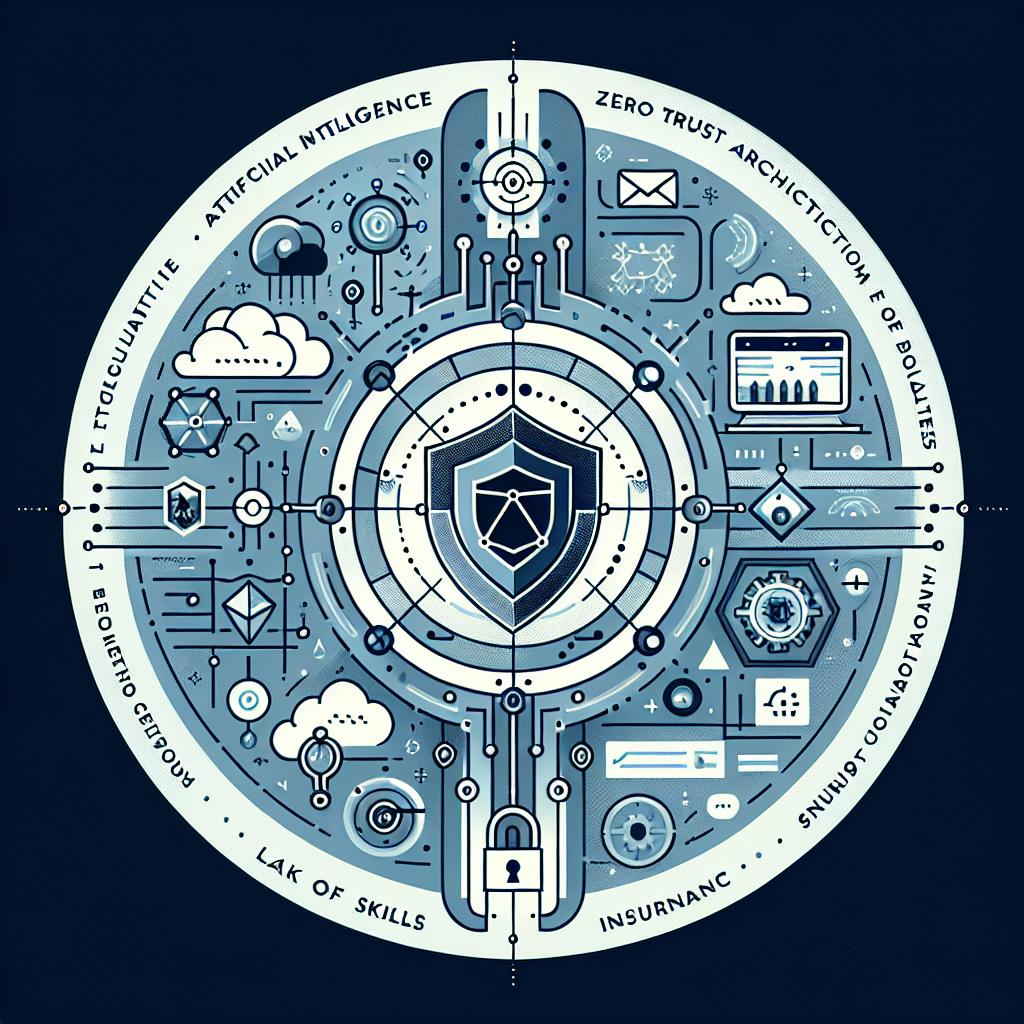In today’s fast-paced digital environment, ensuring the security and integrity of your systems is paramount. OpenSSL, a widely-used toolkit for implementing the Secure Sockets Layer (SSL) and Transport Layer Security (TLS) protocols, plays a critical role in securing communications. However, managing and auditing OpenSSL configurations and certificates can be a tedious and error-prone process when done manually. This is where automation, powered by artificial intelligence (AI), can revolutionize your workflow and reduce manual effort by up to 80%.
The Challenge of Manual OpenSSL Checks
OpenSSL checks typically involve a variety of tasks such as:
- Verifying certificate validity and expiration dates
- Checking for weak or deprecated cryptographic algorithms
- Ensuring proper configuration of SSL/TLS protocols
- Detecting vulnerabilities like Heartbleed or POODLE
- Monitoring certificate revocation status
Performing these checks manually requires deep expertise and constant vigilance. It’s time-consuming and prone to human error, especially in large-scale environments with numerous certificates and configurations.
How AI Can Automate OpenSSL Checks
Artificial intelligence, particularly machine learning (ML) and natural language processing (NLP), can be leveraged to automate and enhance OpenSSL checks in several ways:
1. Intelligent Certificate Analysis
AI models can be trained to analyze certificate metadata and usage patterns to detect anomalies or potential misconfigurations. For example, an AI system can automatically flag certificates that are about to expire, have unusual issuer details, or use weak encryption algorithms.
2. Automated Vulnerability Detection
By continuously scanning OpenSSL configurations and logs, AI can identify known vulnerabilities and suspicious activities faster than manual methods. Machine learning algorithms can also predict potential security risks based on historical data and emerging threat patterns.
3. Natural Language Processing for Configuration Audits
NLP techniques can parse and interpret OpenSSL configuration files, extracting relevant parameters and comparing them against best practices or compliance standards. This reduces the need for manual review and helps maintain consistent security policies.
4. Continuous Monitoring and Reporting
AI-powered tools can provide real-time monitoring of SSL/TLS environments, generating automated reports and alerts. This proactive approach ensures that issues are addressed promptly, minimizing downtime and security breaches.
Practical Steps to Implement AI-Driven OpenSSL Automation
Step 1: Inventory and Baseline
Start by cataloging all OpenSSL certificates and configurations across your infrastructure. Establish a baseline of what “normal” looks like in terms of certificate types, expiration cycles, and cryptographic settings.
Leverage existing AI-powered security platforms or develop custom scripts that utilize machine learning libraries (e.g., TensorFlow, PyTorch) to analyze OpenSSL data. Open-source tools like OpenVAS or commercial solutions often incorporate AI features for vulnerability scanning.
Step 3: Train and Fine-Tune Models
Feed historical OpenSSL data and known vulnerability information into your AI models. Continuously refine these models to improve accuracy in detecting anomalies and predicting risks.
Step 4: Automate Workflows
Use automation frameworks (e.g., Ansible, Jenkins) to trigger AI-driven checks regularly. Integrate these workflows with your incident response and ticketing systems to streamline remediation.
Step 5: Monitor and Iterate
Regularly review AI-generated reports and feedback to enhance the system. Incorporate new threat intelligence and update models to keep pace with evolving security landscapes.
Benefits of AI-Driven OpenSSL Automation
- Significant Time Savings: Automating routine checks can reduce manual workload by up to 80%, freeing security teams to focus on strategic tasks.
- Improved Accuracy: AI reduces human error by consistently applying best practices and detecting subtle anomalies.
- Proactive Security Posture: Continuous monitoring enables early detection of vulnerabilities and faster response times.
- Scalability: AI systems can handle large volumes of certificates and configurations effortlessly, supporting growing infrastructures.
- Compliance Assurance: Automated audits help maintain adherence to industry standards and regulatory requirements.
Conclusion
Automating OpenSSL checks with AI is no longer a futuristic concept but a practical necessity for modern cybersecurity operations. By integrating intelligent analysis, vulnerability detection, and continuous monitoring, organizations can drastically reduce manual effort while enhancing their security posture. Embracing AI-driven automation not only saves time and resources but also fortifies defenses against an ever-evolving threat landscape.
If you’re looking to streamline your OpenSSL management and boost security efficiency, now is the time to explore AI-powered solutions and transform your workflow.



